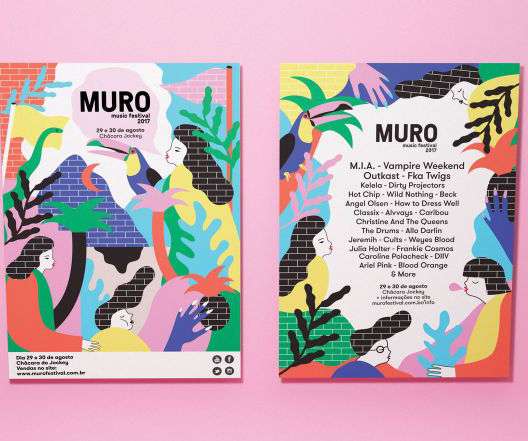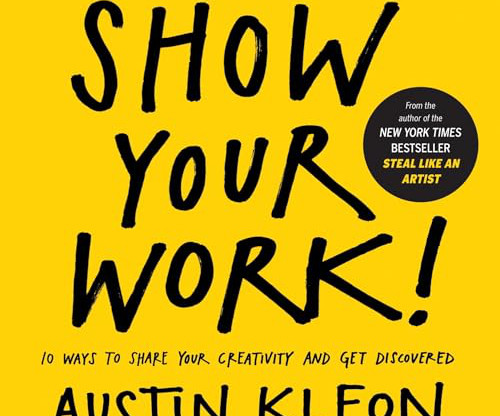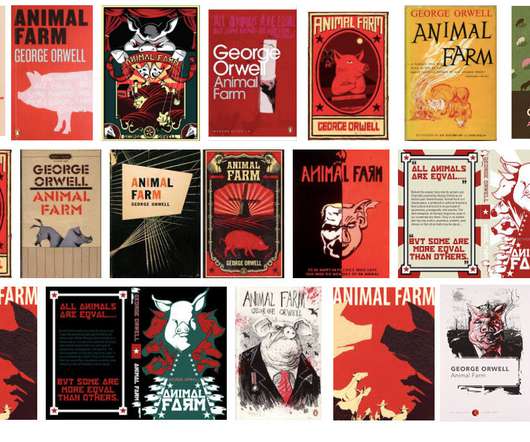14 fonts to fall in love with: trending typefaces that designers adore
Creative Boom
FEBRUARY 13, 2023
The weights variation from Hairline to Super with corresponding italics form a coherent and versatile family, making it suitable for book design, poster design, branding, signage systems and more. As Nolan developed the typeface, it quickly became more personal and evolved into the designer's own take on the grotesque genre.















Let's personalize your content